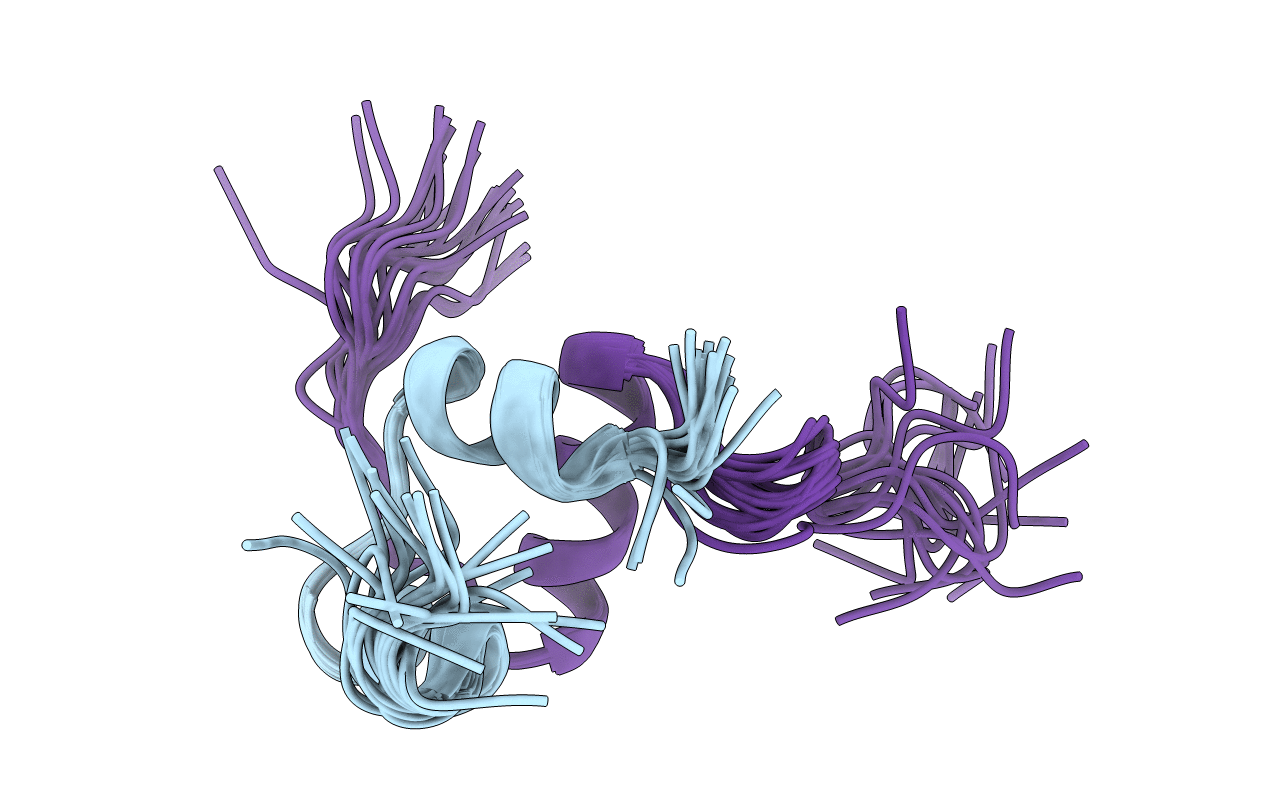
Deposition Date
2008-07-23
Release Date
2008-12-16
Last Version Date
2024-11-13
Entry Detail
Biological Source:
Source Organism:
Method Details:
Experimental Method:
Conformers Calculated:
100
Conformers Submitted:
20
Selection Criteria:
structures with the lowest energy


